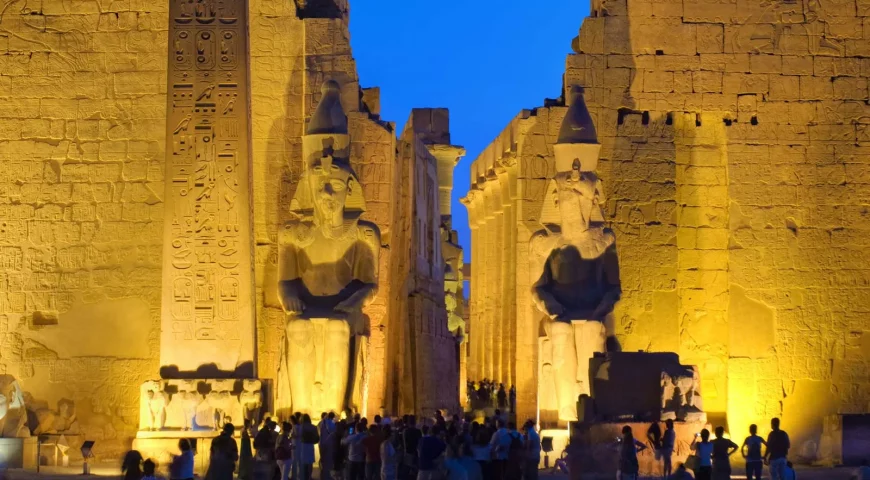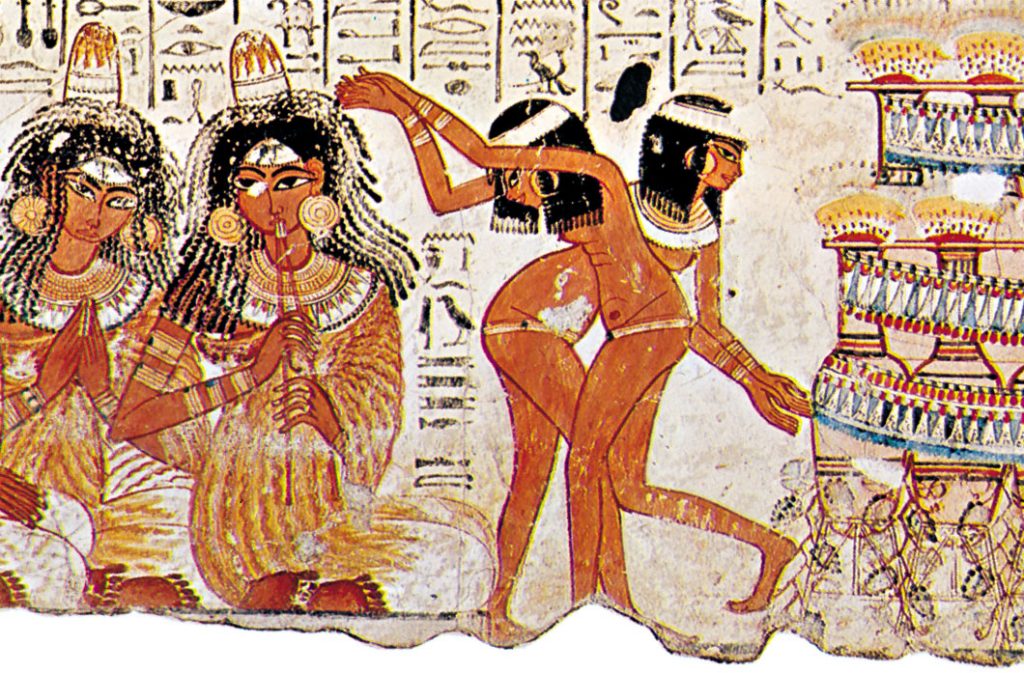
The Temples Of Luxor Are A Great Way To Learn About Ancient Egypt.
Egypt is considered for its old sanctuaries and noteworthy engineering and authentic landmarks. However, there is a great deal of different attractions in Egypt. From otherworldly streams to huge brilliant, sanded seashores and great Egyptian design landmarks and sanctuaries. Egypt is unquestionably a commendable list of must-dos objective. Peruse More about Egypt.
- Luxor: Ancient Egyptian Capital
Luxor is likewise the capital of Luxor Governorate which is recognized broadly for its most established and most Ancient Egyptian destinations. Prior it was known as Thebes which implies Waste, in old Egypt, Luxor is many times famous as the City of Hundred Gates, for most sanctuaries and for having World’s most noteworthy outdoors Museum.
- History of Luxor:
Thebes (presently known as Luxor) was the capital of Egypt during the Dynasty of the New King Kingdom and thought about the ‘Wonderful city’ of the god Amon-Ra. From the eleventh Dynasty, Luxor created from a small town to a quickly developing city, known principally for its abundance and status, solace and furthermore as a center for information, workmanship, strict and political matchless quality. In a brief time, frame, the city turned into a focal point of abundance, developing acclaim, in Egypt as well as all through the world.
- Authentic Landmarks and Stunning Temples of Luxor:
There are numerous notable milestones, authentic landmarks, and sanctuaries in Luxor. Most well-known ones we are referencing underneath we should see!
- Karnak Temple-Largest Temple City of the Ancient World:
The highest sanctuary complex of Egypt and the biggest sanctuary city of the antiquated world goes to Karnak Temple of Luxor. The huge sanctuary town of Karnak has many designs which have a place with going back 4,000 years. In view of its tremendous ubiquity, it is on the highest point of the explorer’s agenda. Situated on the east bank of the Nile River in Luxor.

Valley of the Kings:
The most renowned assortment of intricate burial places is found at the Valley of the Kings which is the Kings is arranged on the western bank of the Nile close to the old city of Thebes. The Valley is the old graveyard since around 2100 BC for a portion of Egypt’s most renowned pharaohs (rulers in old Egypt) like Tutankhamun, Seti I, Ramses II, sovereigns, consecrated ministers, and different elites from eighteenth, nineteenth, and twentieth administrations of the New Kingdom period (1550-1069 BC).
- Valley of Queens:
The Valley of the Queens is situated close to the Valley of the Kings and this milestone it was referred to the old Egyptians as the spot of the offspring of the ruler. It contained the burial places of sovereigns, rulers, princesses, court dignitaries. The seriously striking burial chamber is of Nefertari, the spouse of Ramesses II, the pharaoh who is known for the sanctuaries he worked at Abu Simbel.
- Deir el-Medina, Luxor:
Deir el-Medina is the forefront Arabic name for the laborer’s town which is currently an archeological site of Egypt. It is situated between the Valley of the Kings and Valley of the Queens. It was home to the neighborhood workers, craftsman’s, designers, neighborhood rock cutters and laborers of antiquated Luxor who cut and finished the imperial burial chambers in the close by Valley of the Kings and Queens. Its depiction is likewise given in a book composed by Leonard Lesko.
- Luxor Temple:
Luxor Temple is arranged on the Nile River’s east bank, intended to observe Egypt’s popular Opet Festival. At first, Amenhotep III began the development however later conveyed by Tutankhamun and Horemheb and finished it. A portion of the extra and additional development was subsequently finished by Rameses II (1279-1213 BC). Luxor sanctuary is dedicated to the restoration of eminence and here numerous imperial leaders of Egypt were delegated.


